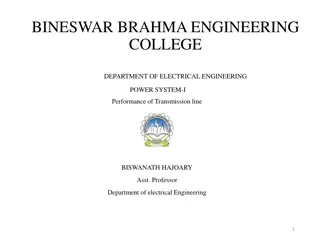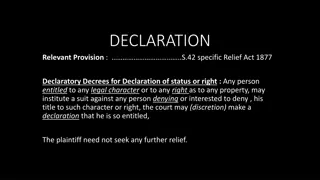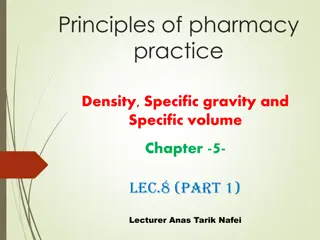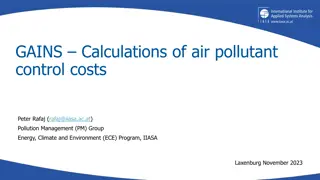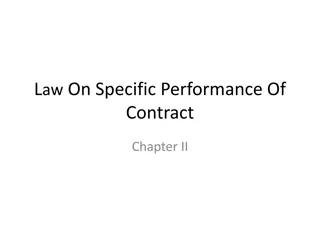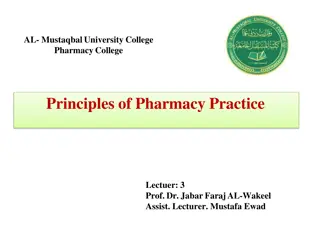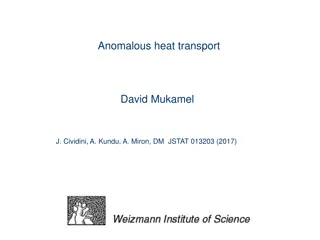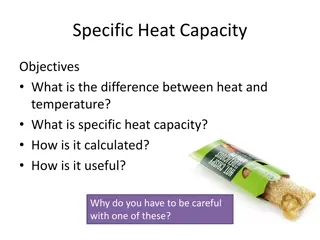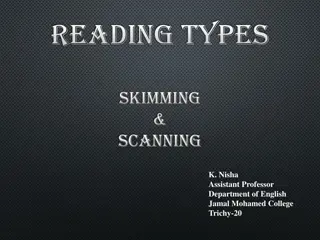
Understanding Electric Conductance and Ohm's Law Explained
Explore the concepts of specific conductance, Ohm's Law, Ampere, potential difference, and resistance in electric circuits. Learn about the relationship between current, voltage, and resistance, and how these factors affect the flow of electricity through conductors. Enhance your understanding of key electrical principles with clear explanations and visual aids.
Download Presentation

Please find below an Image/Link to download the presentation.
The content on the website is provided AS IS for your information and personal use only. It may not be sold, licensed, or shared on other websites without obtaining consent from the author. Download presentation by click this link. If you encounter any issues during the download, it is possible that the publisher has removed the file from their server.
E N D
Presentation Transcript
Specific Conductance
Sooo.. Before going through that lets learn some other terms
Ohms law This law is applicable to both metallic conductors as well as electrolytes. It states that
The strength of the current (I) passing through a conductor varies (1)directly to the potential difference (E) applied across the conductor (2) inversely to the resistance (R) of the conductor.
Thus., I = E/R.(i) where I is in amperes E in volts R is measured in Ohm s
Ampere An ampere refers to the amount of electrons that are flowing per second through a conductor.
Potential difference Potential difference between two points in an electric circuit is the amount of work done in moving a unit charge from one point to the othe point.
Formula = work done/charge Unit = Volt(V)
Resistance The obstruction offered to the flow of current by the conductor. Resistance is measured in
Resistance of any conductor varies (1) directly as the length of the conductor (l) (2) inversely as its area of cross section (a)
R directly proportional l R inversely proportional a so combining both R R = p l/a l/a
p is constant and depends upon the nature of material. It is called Specific Resistance of the material. If l = 1cm, a = 1sq.cm, then Resistance (R) = Specific Resistance (p)
Conductivity and Conductance (C). This term is more frequently used in electrochemistry. The term 'conductance' means the ease with which a current flows through the conductor.
It is usually written as C = 1/R. Thus, conductance is the reciprocal of resistance. As resistance (R) is measured in ohms, conductance is expressed in mhos.
Specific conductance (k). Specific conductance is the reciprocal of specific resistance. Thus, specific conductance of one cm cube of the material, k = 1/p
For we already know, R = p l/a or p = R a/l Therefore . 1/p = k = l/a 1/ R Thus, specific conductance (k) = l/a conductance
It is expressed in ohm-1cm-1 Here l/a is called cell constant In S. I. System conductance is expressed in ohm-1m-1
Thus, specific conductance (k) = cell constant conductance Cell constant = Specific conductance / conductance




